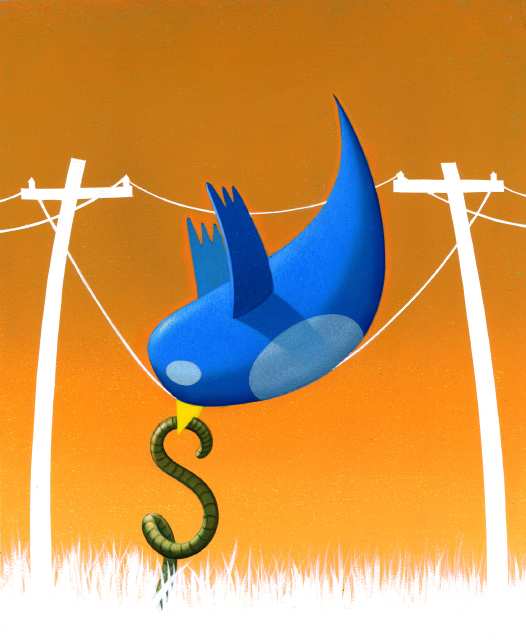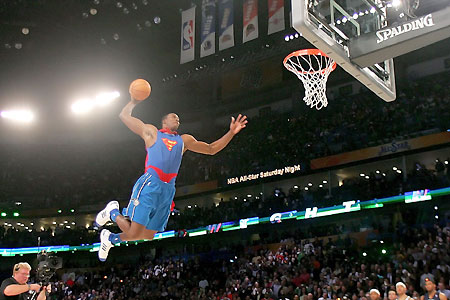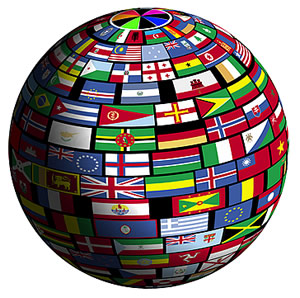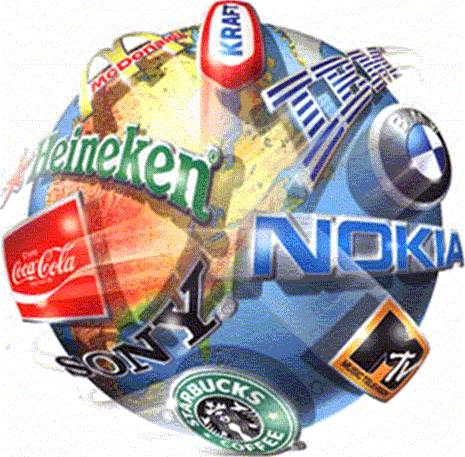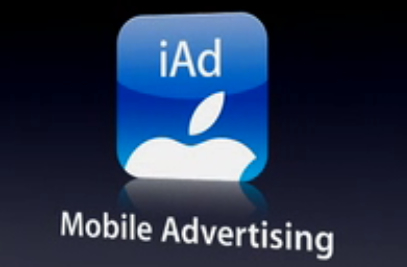ADOTAS – Are you searching for ways to increase site traffic, time on site, unique visitors, and subscribers all with the goal of boosting site revenue? As you know, the way to do this is with great content — lots of it — and interactive content is some of the best.
To get started, take my company SnapApp’s quick test of industry stats to measure your web content knowledge.
But how exactly does this work? By moving people from passively consuming site content to actively engaging in a rich, interactive experience, you encourage them to spend more time on your site. And the longer they are on your site, the more likely they are to share their information, subscribe or register, refer others to your site and return to your site on a regular basis. This in turn provides you with a great story — and the supporting data — to share with your advertisers.
Here are five ways interactive content can increase your site revenue:
1. Interactive Content Can Increase Web Traffic
Interactive content is one of the best ways to increase website traffic. Why is that? Because interactive content is the most likely to be consumed and enjoyed, bringing your audience back for more. And it is the most likely to be shared among social media channels –which are the most-visited, fastest-growing channels on the web. Consider these facts:
- Over 1.5 million pieces of content are shared on Facebook… daily.
- Approximately one in every 13 people on earth are active Facebook users.
- The number of Twitter users increases by 300,000 every day.
- Twitter users send 55 million Tweets per day, or 640 per second.
- Facebook added 100 million users in less than nine months.
- Interactive content is shared 11 times more often than static content.
(Sources: Socialnomics.com, Digital Buzz and website-monitoring.com and Pangea Media/ SnapApp)
In a nutshell, social media networks are driving more web traffic than ever. The challenge for publishers, then, is to engage effectively on social sites and then drive fans and followers back to their websites. This infographic by CRM specialists Get Satisfaction provides a clue on how to go about that: It shows that approximately 60 percent of consumers followed a brand for special offers or for interesting/entertaining content, and that 70 percent of those followers participated in a contest or sweepstakes.
Consider a sweepstakes or contest for your social audience and use it to capture their information and drive them to your site. Learn more about how media publisher powerhouse Martha Stewart used a sweepstakes to encourage 77 percent registration for its opt-in email list and a free print issue of Martha Stewart Living.
2. Interactive Content Increases Time on Site
According to research compiled from AOL, Nielsen and MarketingProfs, 53 percent of time spent on the internet is directly attributable to content consumption – and 96 percent of what is consumed and shared does not link to a static web page.
In other words, consumers are demanding interactive, digital content. To drive interactions and make your site “sticky,” you need to offer the content that today’s consumers are drawn to and enjoy sharing with others.
Think humorous videos, entertaining games and interactive quizzes or other applications. By offering consumers a reason to visit – and stay – on your site, you increase the likelihood of ad clicks. In fact, studies show that the longer someone engages with site content, the more likely they are to click on ads or recall brands adjacent to that content.
Cisco Systems made its PCworld.com content interactive by incorporating quizzes about network management. In general, interactive trivia quizzes have been shown to increase time on site by an average of 1:46 minutes. Compare this to CBS News research, which shows the average time of engagement or viewership for ads on a media site is only 15 seconds.
3. Drive On-Site Conversions
Even though the online world offers unique opportunities to attract, engage and interact with consumers, some basics hold firm. Precisely targeting an audience with a highly relevant offer is the best way to convert them from a browser to someone who is willing to exchange contact information.
Sweepstakes and trivia quizzes, where people need to register to win or get their results, are one proven way to draw people in and get them to provide their information. And once you’ve got their attention, you can further qualify and cross-promote to them. For example, Comcast SportsNet Philadelphia ran a sweepstakes to drive web visitors and social traffic to the site of NFL team the Philadelphia Eagles. On the entry form, consumers could also opt-in to receive emails and special text messages from the Eagles.
- 65 percent of the Eagles fans who entered the sweeps also opted in for one or both of the additional communication channels.
- For every person who shared the sweepstakes via social channels, the Eagles saw 38 new site visitors.
- Philadelphia Eagles Facebook fans increased by 25 percent after running a sweepstakes.
4. Get Repeat Visits
Businesses spend over $12 billion dollars a year to create digital and custom content that they can distribute online and through mobile channels. Even with that spending power, 45 percent of surveyed marketers feel they need to update their content more frequently.
And they’re right.
Stale content leads to boredom and site abandonment. But fresh content encourages more consumption and longer visits. And the value is clear. Consider these findings from Scout Analytics:
- Occasional visitors to a publisher’s site (those that visit two to three times per month) have an average revenue potential of five to one, compared to those who visit once (i.e. fly-bys).
- Regular visitors to a site (one to two times per week) have an average revenue potential of 10 to one compared to fly-bys.
- Subscribers or fans (visit the site more than two times per week) have an average revenue potential of 50:1 compared to fl‑y-bys.
Worried about coming up with fresh content? Polls and surveys are not only a terrific way to encourage interaction on your site, they also provide you with a wealth of insights that you can publish as original content – and remarket to your existing leads.
Hollywood Life – a publishing & entertainment company – creates three to five new quizzes per month and sees 70 percent visitor engagement on pages where a quiz is posted. Figment, an online community for teens and young adults interested in writing, uses dozens of Facebook quizzes to drive interaction and return visits.
5. Offer Your Advertisers Something Different
In addition to all the data that you are now armed with when you pitch potential advertisers, including a larger audience (reach), a more loyal audience (subscribers and repeat visitors), a better-understood audience (you have lots of insights and data on individual visitors) and more time on-site, there is something else you can offer advertisers to ultimately boost your revenues. That is the chance to use the exact same types of interactive content that have been so effective for you.
By providing advertisers with the tools and strategy to insert their messages in sponsored sections of your site that host interactive content, or by providing them with the opportunity to run quizzes, surveys and contests in ad units, you are providing them with higher-value advertising opportunities. And the more they get out of the ad, the more they can justify spending on it.
First the background: Advertiser dollars are being spent with increased scrutiny. Makes sense — advertisers want to know what they are getting for their money. No wonder there’s a trend toward pay-for-performance pricing — according to research by the IAB, 62 percent of ad revenues in 2010 were performance-based deals.
Publishers that can deliver the most predictable and targeted ad performance by virtue of superior traffic, rich user profiles and high ad conversions rates will command the highest ad premiums.
A major news publisher embedded a series of trivia quizzes in an ad unit promoting various Broadway shows. These interactive ads had the highest engagement of any ad they had ever run in that space — by a whopping 448 percent.
Grow Your Ad Revenue with Interactive Content
As a publisher, you know better than just about any other business how vital it is to engage your audience and keep them coming back for more. The beauty of the online world is that it offers a growing number of innovative ways to do just that – these five ways that interactive content can boost your revenues and the stories that I have shared with you here are proven methods for growing site traffic, boosting time spent on your site, and ultimately pumping up the revenues you drive through advertising.




